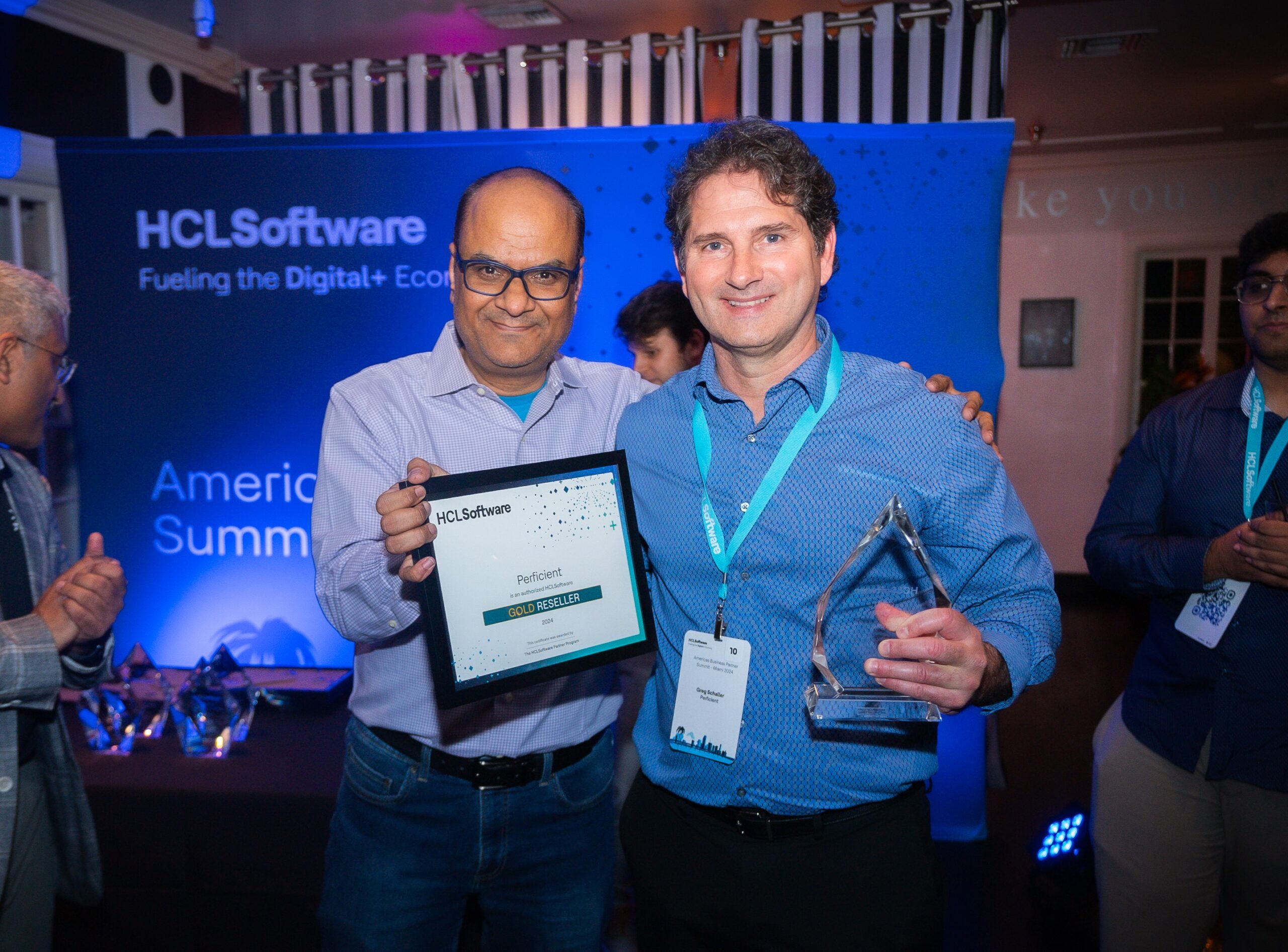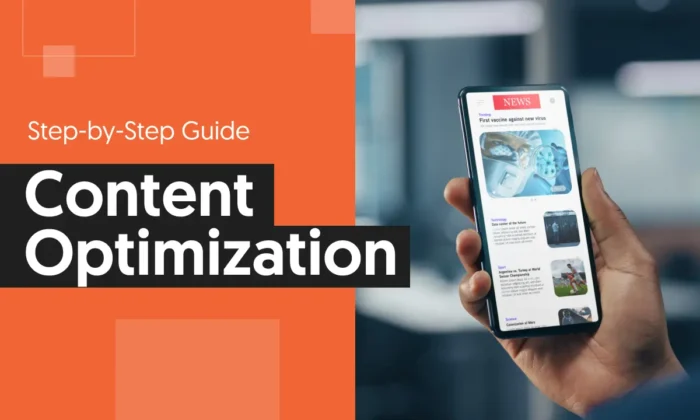Are Websites Getting Faster? New Data Reveals Mixed Results

Website loading times are gradually improving, but a new study shows significant variance in performance across sites and geographic regions.
The study from web monitoring company DebugBear examined data from Google’s Chrome User Experience Report (CrUX), which collects real-world metrics across millions of websites.
“The average website takes 1.3 seconds to load the main page content for an average visit,” the report stated, using Google’s Largest Contentful Paint (LCP) metric to measure when the main content element becomes visible.
While that median LCP time of 1.3 seconds represents a reasonably fast experience, the data shows a wide range of loading performances:
- On 25% of mobile websites, visitors have to wait over 2.1 seconds for the main content to appear
- For the slowest 1% of websites, even an average page load takes more than 5.7 seconds on mobile
- The slowest 10% of websites make 10% of users wait over 5 seconds for the LCP on mobile
- Almost 1% of mobile page loads take nearly 20 seconds before the main content shows up
“Even on a fast website, some percentage of page views will be slow,” the study reads.
Continue reading for a deeper dive into the study to understand how your website speed compares to others.
Site Speed Divergences
The data reveals divergences in speeds between different user experiences, devices, and geographic locations:
- Desktop sites (1.1-second median LCP) load faster than mobile (1.4 seconds)
- While 25% of mobile page loads hit LCP in under 1 second, 10% take over 4 seconds
- In the Central African Republic, a typical mobile LCP is 9.2 seconds (75th percentile)
- Sweden, Slovenia, Japan, and South Korea all had 75th percentile mobile LCPs under 1.7 seconds
“Differences in network connections and device CPU speed mean that visitors in different countries experience the web differently,” the report noted.
The study also found that more popular sites are faster, with the median LCP on the top 1000 sites being 1.1 seconds compared to 1.4 seconds for the top 10 million sites.
Steady Improvement Continues
DebugBear’s analysis shows that websites have steadily become faster across device types over the past few years despite the variances.
A similar improvement was seen for other loading metrics, like First Contentful Paint.
“While changes to the LCP definition may have impacted the data, the First Contentful Paint metric – which is more stable and well-defined – has also improved,” the report stated.
The gains could be attributed to faster devices and networks, better website optimization, and improvements in the Chrome browser.
The study’s key finding was that “Page speed has consistently improved.” However, it also highlighted the wide range of experiences in 2024.
As DebugBear summarized, “A typical visit to a typical website is fast, but you likely visit many websites each day, some slow and some fast.”
Why SEJ Cares
This study provides an annual check-in to see how the web is progressing in terms of loading performance.
In recent years, Google has been emphasizing page load times and its Core Web Vitals metrics to measure and encourage better user experiences.
Speed also plays a role in search rankings. However, its precise weight as a ranking signal is debated.
How This Can Help You
SEO professionals can use studies like this to advocate for prioritizing page speed across an organization.
This report highlights that even high-performing sites likely have a segment of visitors hitting a subpar speed.
Refer to the study as a benchmark for how your site compares to others. If you’re unsure where to start, look at LCP times in the Chrome User Experience Report.
If a segment is well above the 2.1-second threshold for mobile, as highlighted in this study, it may be worth prioritizing front-end optimization efforts.
Segment your page speed data by country for sites with an international audience. Identifying geographic weak spots can inform performance budgeting and CDN strategies.
Remember that you can’t do it all alone. Performance optimization is a collaborative effort between SEOs and developers.
Featured Image: jamesteohart/Shutterstock
Source link : Searchenginejournal.com



